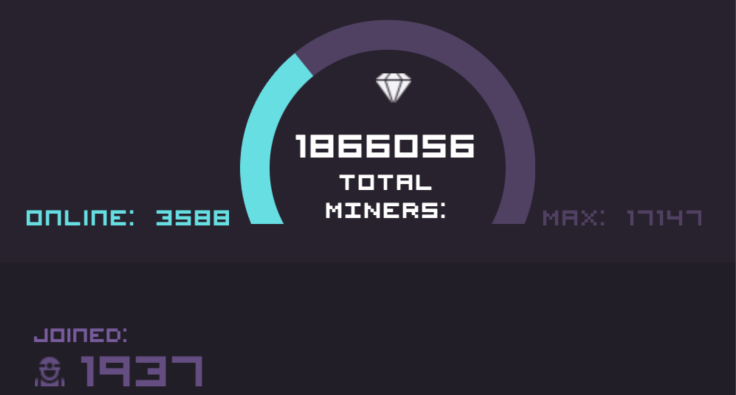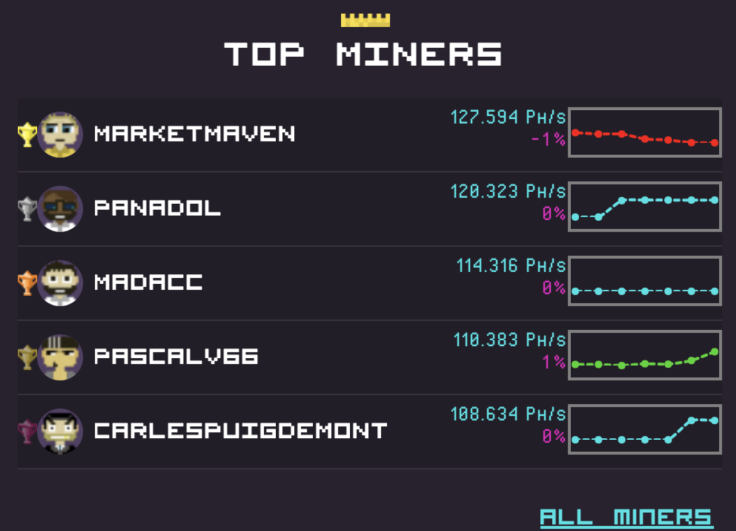The Crypto Play 2 Earn Boom, Its Leaders And The Market To Date
The crypto market has seen remarkable growth in the past year. It has surged from a billion-dollar industry to more than $2.5 trillion in recorded value. Meanwhile, a lot has happened around it, and many developing fields have flourished despite the world battling a global health crisis. One such fledging crypto space is the Play2Earn, better known as P2E.
The dynamics have largely conspired to the boom of P2E due to the rapid growth of distributed ledger technology (DLT). This growth has stemmed from concepts like cryptocurrencies, decentralised finance (DeFi), and non-fungible tokens (NFTs). All of this lets players reap rewards by simply playing great games and the leaders of this movement like Axie Infinity and RollerCoin will be discussed further down below.
NFTs combined with Play2Earn have turbo-charged in-game experiences largely and aided the massive adoption of blockchain networks. Given this new dimension, gamers are already exploring a whole new field and unlocking new revenue sources that are more inclusive than previous gaming models. So what exactly is Play 2 Earn, where does it come from and how does it relate to blockchain? Let's find out!
P2E And Its Concepts
Before we dig into the data, let us understand what Play2Earn is all about. Play2Earn is a combination of two basic ideas; play and earn. Play entails committing time and effort to engage with a game and earning money while doing this.
Play2Earn is a new gaming model gaining traction this year, largely due to the proliferation of blockchain protocols and the subsequent rise of NFTs. These cryptographically-unique tokens have spurred a new player economy where users are partial owners of the games they enjoy playing and can easily transfer the in-game assets they spent weeks or months building.
This way, the walled gardens that previously characterized prior gaming models are broken, and players can now enjoy real-world economic dynamics.

What Changes Has Crypto Brought to P2E?
Play2Earn is a third-generation concept that is coming into full use this year. Before this, the most popular model was Free2Play which gave gamers the basic experience for free and then monetised with in-app purchases and ads.
The issue with this model was that only those with deep pockets could endeavor to unlock certain items, keeping a large chunk of players in the dark. Pay2Win model followed the same principles, with only wealthy gamers benefiting from the full game experience.
Play2Earn has flourished this year and it was mainly thanks to blockchain. The blockchain-based assets have ensured the redesign of gaming as we know it and enabled the following:
- Improvement of in-game assets for users
- The general move by game developers to incorporate NFTs into games
- Breach of the walled gardens of the gaming sector
- Players are getting more in return for their engagement
- In-game assets come with new economic dynamics
- Centralised platforms are slowly losing their grip
In essence, the bedrock for the success of Play2Earn is NFTs which has drummed up significant support in the past year. With most decentralised applications (dApps) resident on the Ethereum network, transactions on the foremost altcoin have skyrocketed, leading to deeper investments by legacy-backed businesses.

P2E Transformation Towards Blockchain
Play2Earn has seen a significant uptrend in the past year, and this has largely been engendered by the gaming community embracing blockchain technology. In retrospect, the relationship has been advantageous as most blockchain-based gaming has seen many gamers generate lucrative income from doing what they love.
A prime example is the Ethereum-based P2E game Axie Infinity. Like all new-generation offerings, Axie Infinity aims to create a truly player-driven economy that allows players to become partial owners by owning in-game characters called Axies. These Axies are NFTs that can be collected, bred, upgraded, and sold on the secondary marketplace for a much higher value. This way, players can invest in games they love to play with the hope of appreciating the asset.

However, P2E also requires money to unlock the full potential of the in-game assets; this is where Axie Infinity is largely out of reach for many. The initial investment requires 3 of these Pokemon-inspired characters to get started, and at the current price of 1 AXS going for $138, this will put the total cost at $414 to $420. This cost is considered a high price for some gamers
This is where a different breed of Play2Earn games comes in. Take RollerCoin as an example. It is a virtual Bitcoin mining simulator game that rewards players with cryptocurrency such as Bitcoin, Ethereum, Binance Coin, RollerTokens and others. RollerCoin is focused on enabling players to gain block rewards depending on their mining power. Much like a real-life Bitcoin mining data centre only this time you up the hash rate by playing engaging arcade games.

Players get to play different games and gain satoshis in return if it is Bitcoin they are mining. Also, they can use the mined crypto to upgrade their rigs or simply withdraw it as it is the real BTC, ETH and BNB that they mine.
Another popular Play2Earn game is Alien Worlds, which simulates the Earth's economy with the Trilium game token. Here, players perform missions to mine the TLM token.
Conclusion
The player economy is rapidly changing, and with the Free2Play gaming model safely in the dust, Play2Earn is now the norm.
NFT trading volume related to gaming is off the charts, with over $3 billion recorded so far. Axie Infinity commands a chunk of this market share; however, simulator games like RollerCoin are also proving to be extremely popular, gathering communities of over 1 million players. Whilst cryptocurrencies are gaining massive adoption daily; with Bitcoin leading the ranks, more gamers see RollerCoin as a viable means to earn free Bitcoin while investing only their time.
To sum up the report, P2E is still considered a budding space, leaving much room for massive growth and a break from the monopoly of centralized gaming companies. Game developers like UbiSoft are already realizing the potential P2E gaming economy promises and are slowly pivoting their business model to accommodate it.
© Copyright IBTimes 2025. All rights reserved.





















